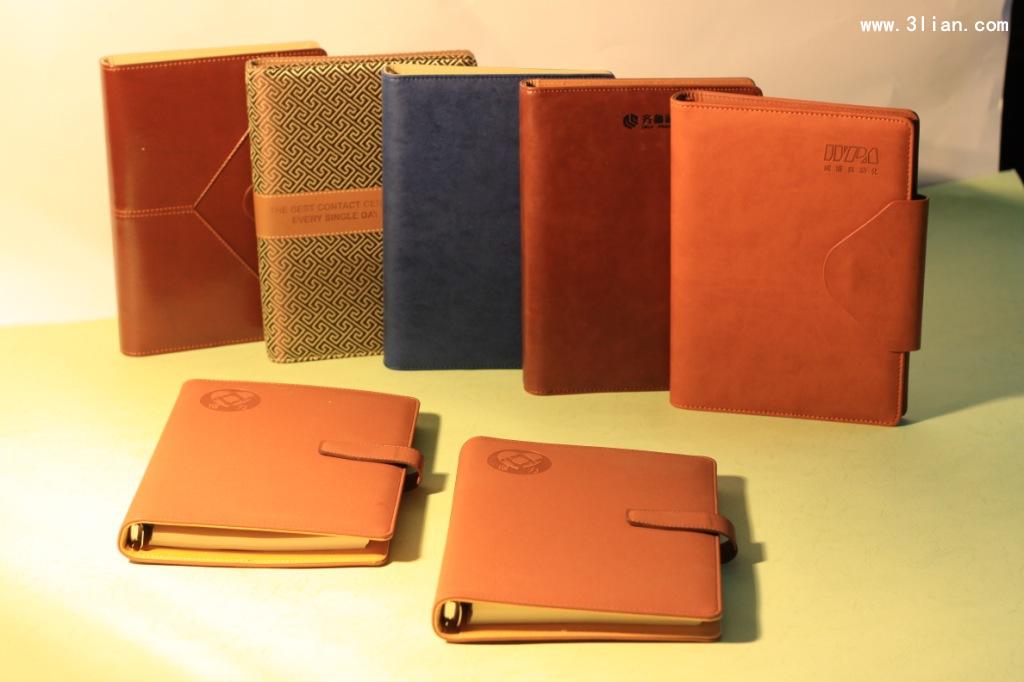印刷公司几大要素反映运营功率是什么?一家印刷公司,怎么判别印刷公司的盈余才能呢?跟着经济的增加,印刷厂的盈余才能也会随之增加,盈余增加的同时或许还会出现一些问题,例如:要削减糟蹋,提高绩效,建筑面积随意被库存或附加设备填充,车间杂乱无章成为常态,优先事项被忽视等等。
What are the major elements of a printing company that reflect operational power? How can a printing company judge its earnings? With the increase of economy, the surplus of printing mills will also increase. While the surplus increases, some problems may arise, such as reducing waste, improving performance, building area being filled with inventory or additional equipment at will, disorderly workshop becoming normal, safety priorities being neglected, and so on.
那么印刷公司要抓住几大要素,评价其运营功率:缺点:不仅只是产品本身,有缺点的产品在运营过程中还会形成时刻和资料的糟蹋。因为产品缺点导致的一系列后果包含:职工花费的时刻,资料和设备,检查和分类有缺点的产品,以及辨认、处理和分离不合格产品等。产值过剩:产值过剩是指出产的产品早于或超越下一个过程或客户需求的量。
Then the printing company should grasp several major factors and evaluate its operation power: shortcomings: not only the product itself, but also the time and information waste of the defective products in the operation process. The consequences of product shortcomings include the time spent by employees, information and equipment, the inspection and classification of defective products, and the identification, processing and separation of substandard products. Over-production: Over-production refers to the amount of products produced earlier than or beyond the next process or customer demand.
过剩的情况包含:在出产运转过程中将设备中断、为另一项作业腾出空间,为没有付出费用的客户加班出产,大订单的产品耗费过多的时刻,流程瓶颈,从未使用的装订附件,库房被半制品库存占满等。等待:等待其他流程和人员完成活动,方案停机,设备毛病,产品不合格以及不精确和不完整的作业信息都是非增值糟蹋。运送:想想在运送上花费的时刻、额定的设备、信息,工具、耗材等。
Excess situations include interruption of equipment during production and operation, making room for another operation, overtime production for non-paying customers, excessive time consumption for large orders, process bottlenecks, never-used binding accessories, and full warehouse stocks of semi-finished products. Waiting: Waiting for other processes and personnel to complete activities, program downtime, equipment faults, product disqualification and inaccurate and incomplete operation information are non-value-added waste. Delivery: Think about the time spent on transportation, rated equipment, information, tools, consumables, etc.

库存:库存应减低极限。贮存过多的原资料,大量的半制品以及制品,在时刻和资源上都占用着资金本钱。这就是为什么及时是许多公司致力于精益思考的要点。
Inventory: Inventory should be minimized. Excessive storage of raw materials, large quantities of semi-finished products and products occupy capital cost both in time and resources. That's why timeliness is the key to lean thinking for many companies.
调整:这包含因为功能不良或设备状况异常而进行大量的设备调整。还有或许是缺少团队合作和流程安排而进行的人员调整。额定处理:印刷公司有时花费额定的时刻和精力来处理一些产品,还会被客户以为没有价值。这或许是因为作业包装或出产中产生的误差,例如作业方案的失误,修复错误,资料缺乏以及不合格的设备形成的突发事件,这些都需要进行额定处理。
Adjustment: This includes a large number of equipment adjustments due to malfunction or abnormal equipment condition. There may also be a lack of teamwork and process arrangements for personnel adjustment. Rated processing: Printing companies sometimes spend rated time and effort to process some products, but also by customers think it is worthless. This may be due to errors in packaging or production, such as errors in operation schemes, repair errors, lack of information and unexpected events caused by substandard equipment, which need to be rated.
人才糟蹋:不充分使用职工的才能、创造力和团队精神也是一种糟蹋。而这种糟蹋往往是由过时的思想,部门之间沟通不畅,抵抗变化,及时反馈缺乏,招聘做法不善,对培训和教育投入不大等形成的。
Talent spoilage: It is also a kind of spoilage to not fully use the talent, creativity and team spirit of employees. This kind of waste is often caused by outdated ideas, poor communication between departments, resistance to change, lack of timely feedback, poor recruitment practices, and low investment in training and education.
